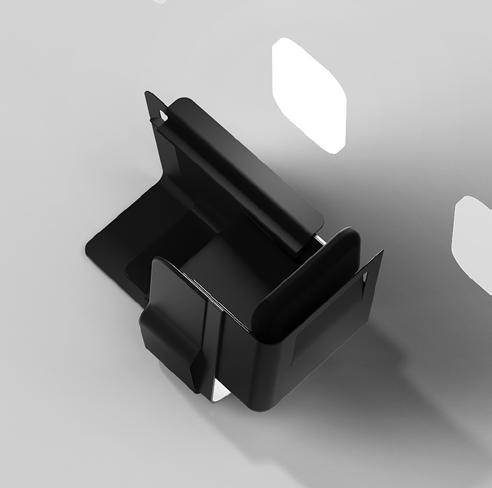
2 minute read
Minimal Assembly Required
Aircraft seating manufacturers adopt a “less is more” attitude with low-part-count solutions that promise savings in weight, cost and upkeep.
By Marisa Garcia
“It is generally assumed that sophistication equals results, brilliance and performance, but does it really?” Rachel Barnett, head of Marketing at Acro Aircraft Seating, asks rhetorically. A look at the pared-down designs of the manufacturer’s Series 3 and Series 6 seats sums up her position.
“Our design philosophy is to keep things simple and to eliminate unnecessary layers,” Barnett says. But in order to do so, designers and engineers must first understand the elements that are essential to the integrity of the seat: For Acro, these are comfort, robustness and maintainability. “These factors are interlinked, and when we combine them all, we ultimately end up with a seat that achieves a low cost of ownership.” One of the layers Acro eschews is the seatback shroud. “We allow the engineering features, such as the ribs, to be visible rather than covering them, and therefore we develop the design to meet objectives related to functionality, weight, cost and aesthetics,” Barnett says.
The simplest iteration of the Acro Series 3 seat – whose customers include Hawaiian Airlines, Frontier Airlines and Allegiant Air, among others – is made up of 63 parts per triple. That is siginificantly lower than other seats on the market, Acro says, and is achieved by avoiding unnecessary components, such as the meal tray table latch. “The latchless design reduces a part and avoids a component that is prone to breaking in service,” Jerome Lawler, Acro’s key account manager, says.
Ensuring fatigue resistance to the parts of the seat most exposed to passenger interaction is “one of the most challenging aspects,” Rodolfo Baldascino, marketing and sales manager at Italian seat supplier Geven, says: “Customers typically prefer the most simplified designs possible to preserve inventory and limit the number of expendable parts.” With the company’s economy-class Essenza seat, injection and composite moulding and forging are used to make assembly more efficient – the product features 30 to 40 percent less parts compared to its earlier economy product, the Piuma Evo.
Like Geven, the Airtek Consortium, comprising JPA Design, Williams Advanced Engineering and SWS Certification, is exploring composite moulding applications, with the aim of producing sophisticated, large-scale shapes that can replace complex multipart assembly. The technique would allow for small features, such as attachment points and brackets, to be integrated, instead of bolted on afterward, and for the two main parts of a traditional aircraft seat – the 9g and 16g structures – to be consolidated into one item. “We can also mould things like damage detection sensors into the composite parts,” Ben Orson, managing director, JPA Design, says. “This neatly addresses one of the concerns around using composites in general: They can be structurally compromised by damage, but this is not always visible.”
Low-part-count designs seek to maximize the efficiency of a seating product by stripping away its complexity and having each of its parts deliver the most value in terms of its various functionalities, Orson says. “By using more advanced materials and techniques, we can make fewer parts deliver more, and this will benefit passengers, airlines and manufacturers in equal measure.”









